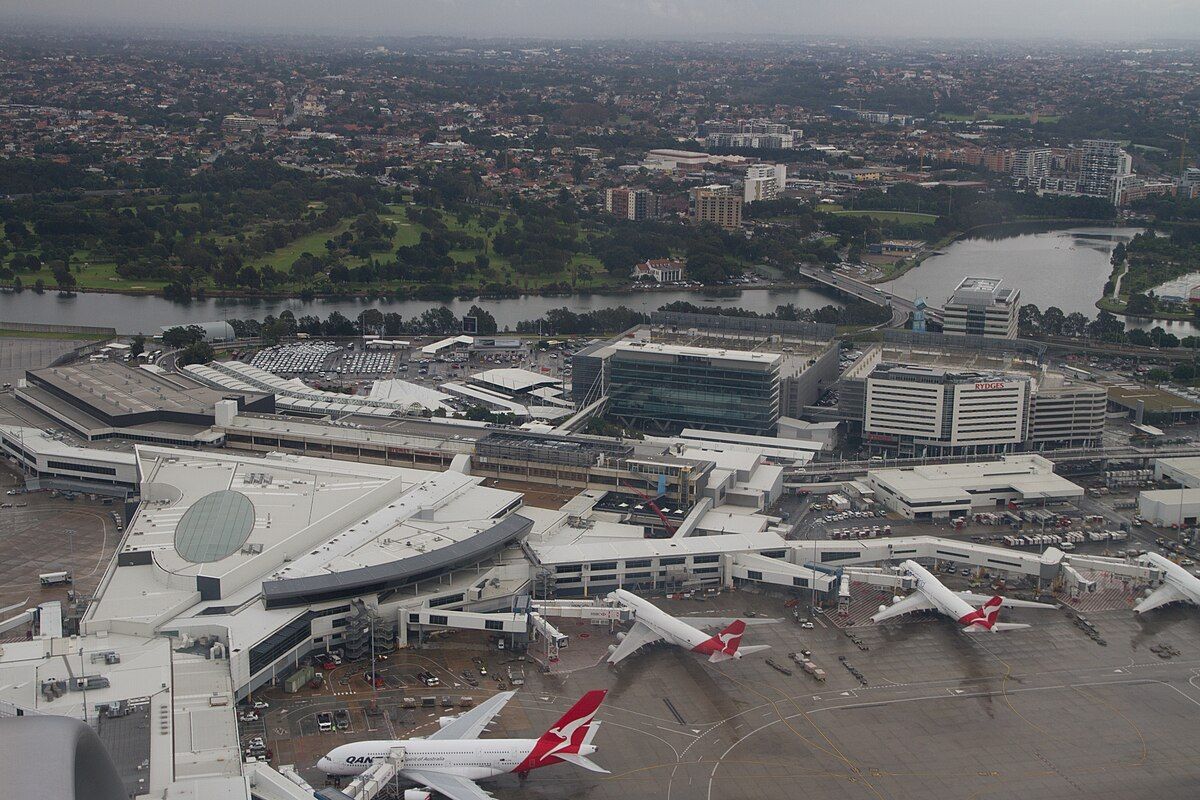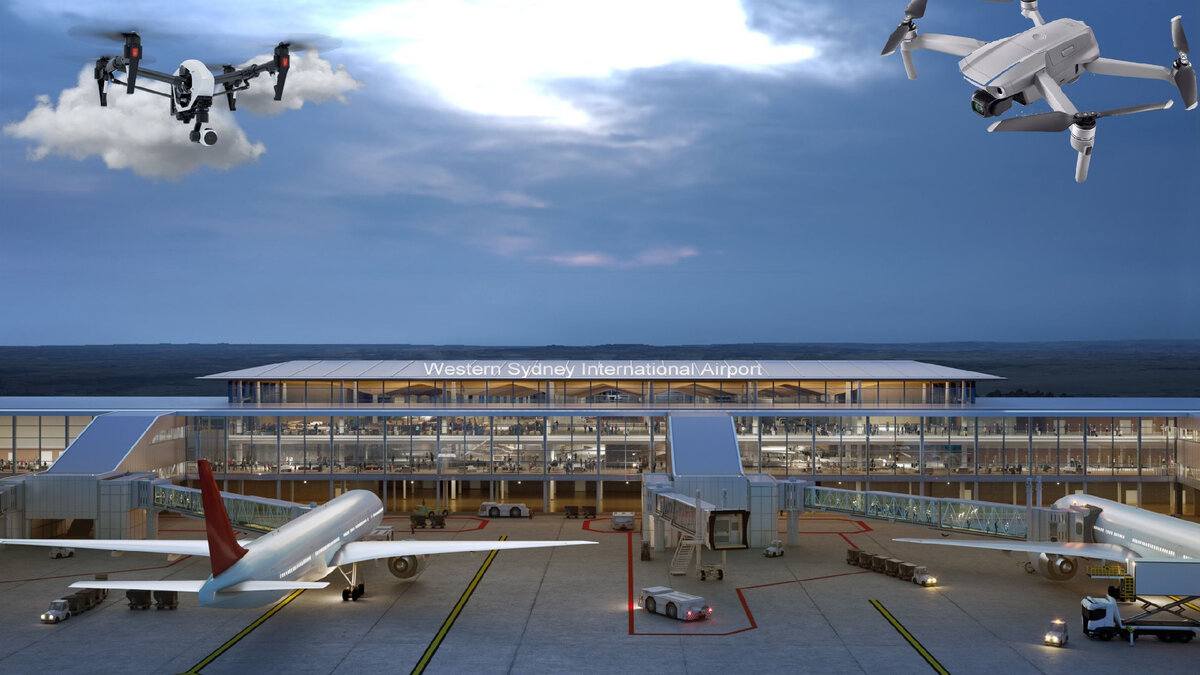
Sydney Airport, one of Australia’s busiest aviation hubs, recently witnessed an unusual incident that caused significant disruption to air travel schedules. A Qantas airliner was involved in a collision with a telescopic bridge, resulting in almost a full day of delay for the flight and affecting multiple passengers and airport operations. This article delves into the details of the event, the impact it caused, and how Sydney Airport managed the aftermath.
What Happened? The Collision Explained
The incident occurred during the early hours at one of Sydney Airport’s domestic terminals. As the Qantas aircraft was taxiing to dock at the gate, the telescopic bridge—also known as a jet bridge or passenger boarding bridge—unexpectedly collided with the side of the plane.
Key points about the collision:
- The telescopic bridge, designed to extend and retract to facilitate safe passenger boarding and disembarking, malfunctioned during its operation.
- The collision caused visible damage to the fuselage of the aircraft, prompting immediate safety inspections.
- No injuries were reported among passengers or crew, but the aircraft was deemed unfit to continue operations without repairs.
Immediate Consequences: Flight Delay and Passenger Disruption
The Qantas flight involved was scheduled to depart for a major domestic destination. Due to the collision and subsequent safety checks, the departure was delayed for nearly 24 hours.
Effects on passengers and airport operations included:
- Extended Waiting Time: Passengers experienced long waits, some stranded overnight at the terminal.
- Rebooking and Accommodation: Qantas provided assistance with alternative flights and accommodation for affected travelers.
- Ripple Effect: The delay impacted connecting flights and caused a chain reaction affecting the schedule of other flights using the same terminal gates.
Why Telescopic Bridges Are Critical — And What Went Wrong?
Telescopic bridges are essential for smooth airport operations, providing a safe and weather-protected passage between terminals and aircraft. Their operation relies on precise mechanical and electronic controls.
Common features of telescopic bridges:
- Adjustable length to match various aircraft sizes
- Hydraulic or electric mechanisms for smooth movement
- Safety sensors to prevent collisions with aircraft
In this incident, preliminary investigations pointed to a mechanical malfunction or sensor failure that prevented the bridge from stopping or retracting in time, leading to the collision.
Sydney Airport’s Response to the Incident
Airport authorities and Qantas staff responded swiftly to mitigate the disruption and ensure safety.

Response measures included:
- Emergency Safety Inspections: Aircraft engineers conducted thorough damage assessments before deciding on flight postponement.
- Passenger Care: Airlines arranged refreshment services, communication updates, and accommodation for delayed passengers.
- Technical Review: The airport’s engineering teams began immediate investigations into the jet bridge’s malfunction to prevent future incidents.
- Coordination with Regulators: Aviation safety authorities were notified, and a formal incident report was filed.
Lessons Learned and Future Precautions
This rare but impactful incident at Sydney Airport highlights the importance of maintenance and safety protocols for airport ground equipment.
Key takeaways:
- Regular Equipment Checks: Frequent inspections and maintenance of telescopic bridges must be prioritized.
- Improved Sensor Systems: Upgrading safety sensors can provide real-time alerts to prevent mechanical errors.
- Emergency Protocols: Clear procedures for managing equipment failures and passenger care minimize inconvenience and risks.
- Training and Awareness: Staff training on handling unexpected incidents ensures swift and effective response.
Impact on Sydney Airport and Qantas
While incidents like this are uncommon, they serve as reminders of the complexities of airport operations and the challenges in maintaining safety standards.
- Sydney Airport reiterated its commitment to safety and operational excellence.
- Qantas expressed regret for the inconvenience caused and reaffirmed its dedication to passenger welfare.
- Both entities promised transparency during investigations and collaboration on improvements.
Conclusion: Navigating Challenges in Aviation Operations
The collision between a Qantas airliner and a telescopic bridge at Sydney Airport is a significant event that underscores the fragility of airport infrastructure despite advanced technology. Though it resulted in almost a day of delay and disrupted travel plans, the incident also brought to light the crucial need for constant vigilance, maintenance, and preparedness in airport operations.
As air travel rebounds and demand rises, ensuring the flawless operation of all ground support equipment remains paramount to safeguarding passenger experience and safety. Sydney Airport’s prompt handling of this unexpected challenge demonstrates resilience and commitment, offering lessons for airports worldwide.





Noah Bennett
Thanks for the timely flight delay updates, really helpful!
Olivia Bailey
The information about flight delays helped me reschedule my plans easily.